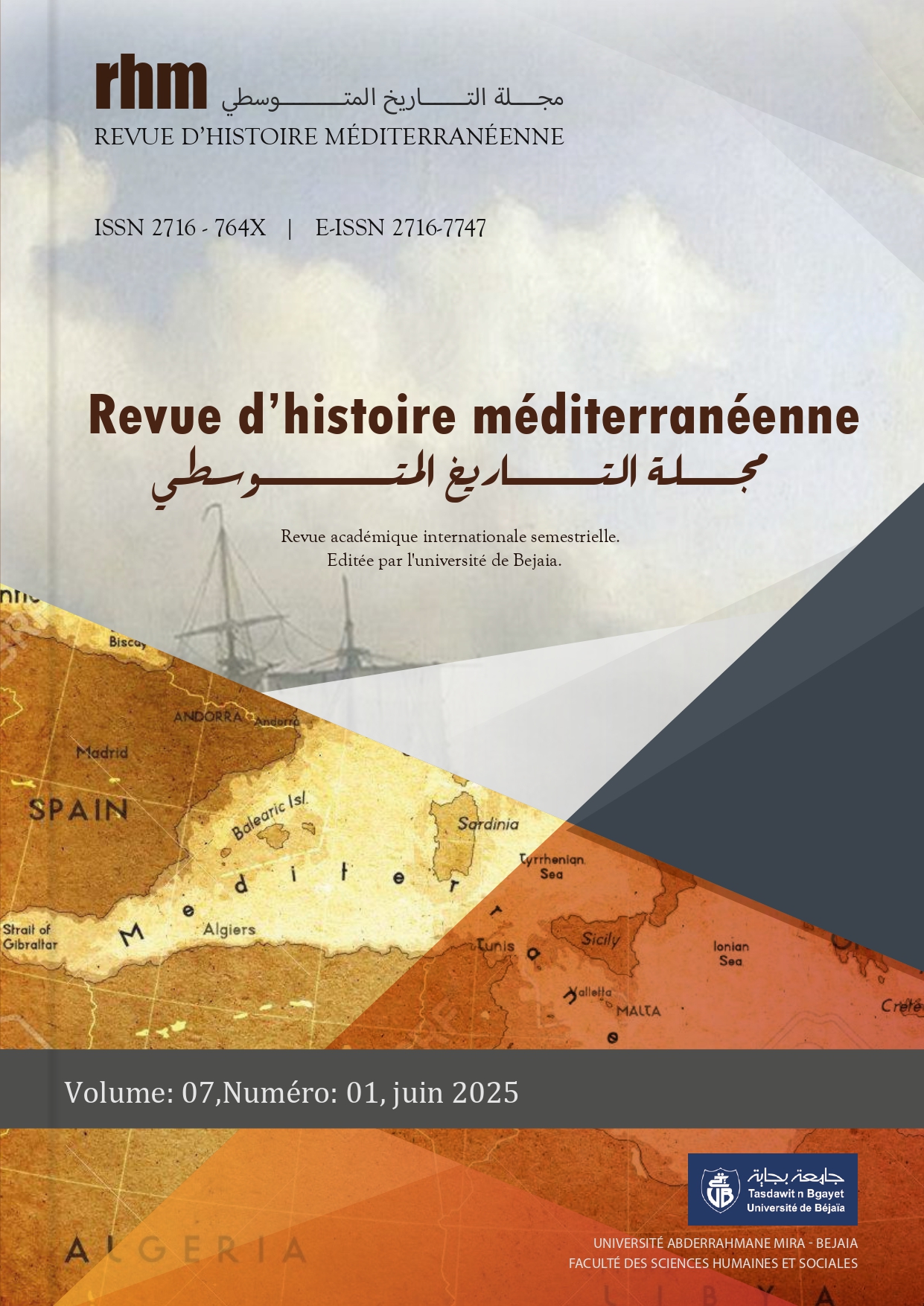Dialectique entre architecture et peinture dans les archives : Le cas du palais Ahmed bey de Constantine (1826-1985)
Dialectic between architecture and painting in the archives: The case of the Ahmed Bey palace in Constantine (1826-1985)
Abstract
Research on the urban and architectural elements of late Ottoman period in Algeria didn’t attract the interest of scientists and researchers until the late 1990s. Historical records show limited information while many buildings from this period stay largely unexamined. The insufficient level of detailed investigation explains improper historical research before the restorations, due to the limited availability of reliable sources.
Ahmed’s bey palace in Constantine stands as a notable building from this period, which was constructed between 1826 and 1835. Mural paintings decorate the entire wall space on the ground floor galleries of the palace , depicting towns from Mediterranean and Middle Eastern cities, which, although highly original, is still largely unknown and rarely documented. Generating knowledge about this heritage is therefore the first step towards its recognition and preservation. This article, based on an ongoing doctoral thesis, examines many written, graphic and iconographic archival sources from various archival centres in Algeria and France, including, at times, primary documents. In Algeria, they come from the « Archives Nationales d'Algérie » and the « Centre des Arts et de la culture palais des Raïs » (Bastion23) in Algiers. In France, they come from the archives of the « Service Historique de la Défense » (SHD) in Vincennes, the « Médiathèque du patrimoine et de la photographie » (MPP) (formerly the Médiathèque de l'architecture et du patrimoine) in Paris and the « Archives départementales de la Somme » in Amiens. The restoration process requires these historical records to display a full understanding of the background of Ahmed bey’s palace.
The research requires investigation into how the palace was officially designated as a historical monument, a process that began in 1901. The study process revealed its valuable value while supported efforts towards its preservation. This systematic archival approach has enabled us to provide some answers to questions such as the dating of the painted mural decorations and the chronology of the restorations carried out from the beginning of the French occupation in 1837 until Algerian independence. A complete understanding of the palace requires an approach uniting both iconographic and technical analyses. Such information is important for future palace restoration projects.










